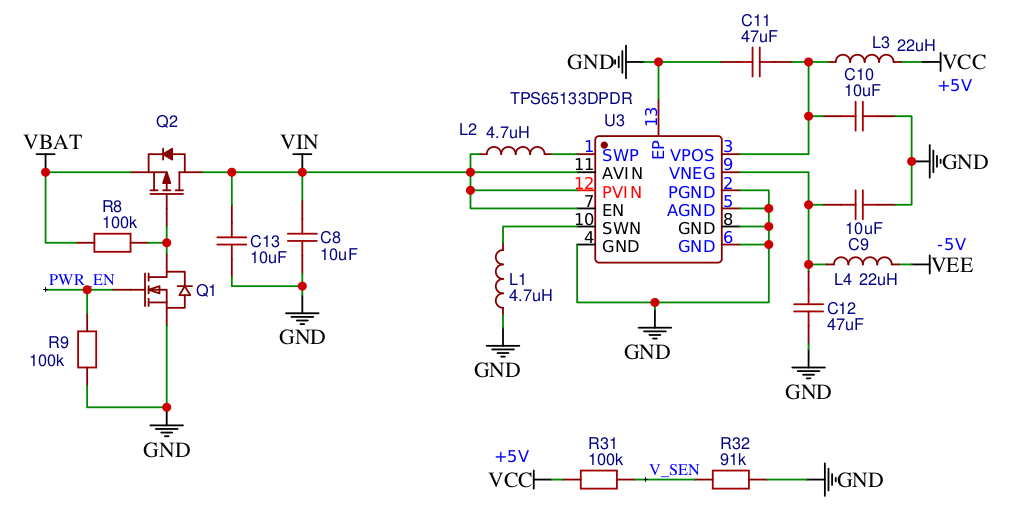To power an op-amp with a dual supply (+Vcc and -Vcc) you can use two power supplies connected in series.
I would like to find an alternative and less expensive way to do this as (in my project) the two power supplies would only power the op-amp which seems a bit wasteful.
I tried to buy two cheap non-isolated LM2596S DC-DC converters on the internet and connect them in series (to get +12 V and -12 V, total 24 V), but they don't work properly (perhaps due to the non-isolated feature).
In other questions isolated DC-DC were used and with some connections it was possible to make them work in series, having a +Vout and a -Vout (in detail).
Also, excuse the question, for example this isolated DC-DC converter has a (dual) output of +/- 12 V. Does that mean that the total output voltage is 24 V (between +Vo and -Vo pins), or can I only have +12 V or -12 V?
I need a dual power supply for the two op-amp (TL081), which are part of precision full-wave rectifier circuit.
Could there be other (preferably cheap) ways to achieve this without having two power supplies?
Please, could I ask you to post a drawing of your solution?




